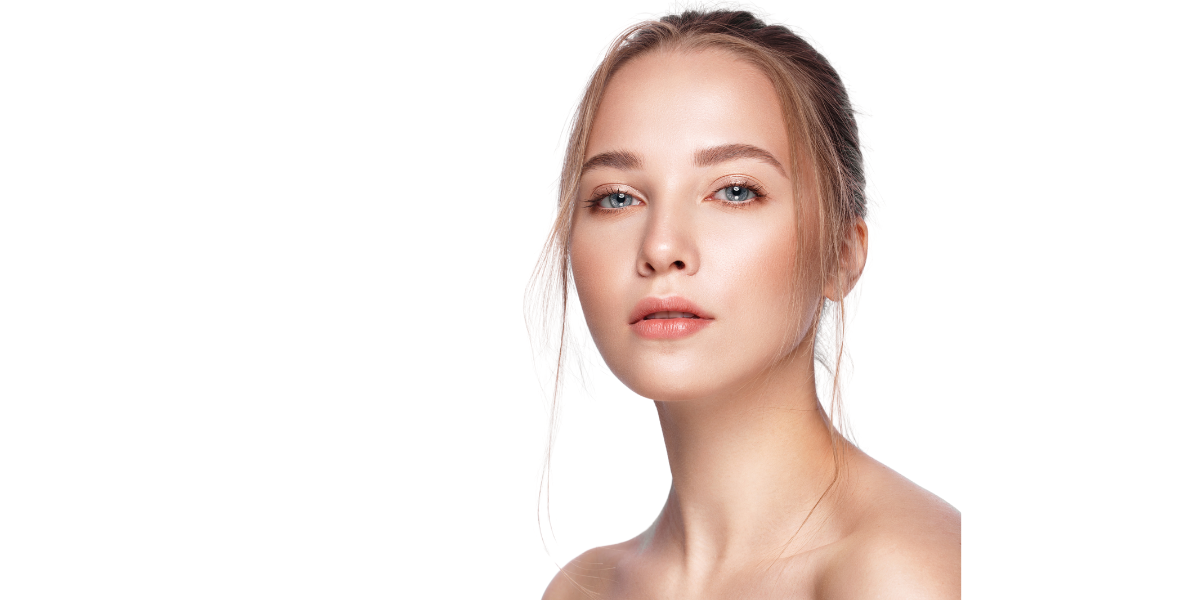



Safe, Artful Transformations for Your Face
Precision. Passion. Perfection
Delivering Excellence in Facial Plastic Surgery
Listening, Understanding, Creating
FACIAL SCAR REFINEMENT IN SINGAPORE
Facial scar refinement, commonly referred to as scar revision, is a procedure aimed at improving the appearance of scars on the face. This process can involve a variety of techniques depending on the type, location, and severity of the scar. Here are some of the key aspects:
WHAT KIND OF SCARS BENEFIT FROM REVISION?
Various types of scars can benefit from revision, including:
LOCATION
Scars located in areas of high tension or movement, such as joints, or in highly visible areas like the face, may benefit significantly from revision.
LONG SCARS
Longer scars may be more noticeable and might benefit from techniques that can reduce their length or break up the scar line, making them less conspicuous.
STRAIGHT SCARS
Scars that don’t follow the natural lines and contours of the skin catch light differently, which makes them stand out more to the eye. Scars aligned with the natural tension lines of the skin, tend to be less noticeable as they can blend in more easily with the surrounding skin’s texture and lines. Scar revision techniques often aim to make scars lie within natural skin lines to reduce their visibility.
HYPERTROPHIC SCARS
Thick, raised scars that develop where the skin is injured are more noticeable.
KELOID SCARS
These are similar to hypertrophic but extend beyond the injury site. These scars can be quite ugly and benefit from revision.
ATROPHIC SCARS
Indented scars that occur when underlying structures supporting the skin, like fat or muscle, are lost. Such scars can benefit from treatment.
CONTRACTURE SCARS
These occur when the skin shrinks and tightens, usually after a burn, which can impair movement. Scar revision can help to improve the aesthetics as well as function.
ACNE SCARS
It can be used to rebalance facial features, especially after unilateral facial weakness or paralysis, by relaxing overactive muscles on the unaffected side to match the weakened side.
TREATMENT OPTIONS
SURGICAL REVISION
This involves cutting out the scar and carefully suturing the skin to minimize the visibility of the new scar. It’s often used for large or irregularly shaped scars.
LASER TREATMENT
Laser therapy can reduce the appearance of scars by smoothing out the skin and reducing redness. It’s particularly effective for surface-level scars.
DERMABRASION AND MICRODERMABRASION
These techniques involve the removal of the top layers of skin to reduce the raised appearance of scars.
FILLERS
For atrophic scars or those that cause depressions in the skin, fillers can be injected to raise the skin to the level of the surrounding area.
STEROID INJECTIONS
These are often used for hypertrophic or keloid scars to reduce size and inflammation.
TOPICAL TREATMENTS
There are various creams and gels that can be applied to scars to reduce their appearance. These might include silicone gel sheets or corticosteroid creams.
EXPECTATIONS AND RESULTS
It’s important to have realistic expectations. While scar revision can significantly improve the appearance of a scar, it might not completely remove it.
RESTORE YOUR NATURAL BEAUTY: EXPERT SCAR MINIMIZATION WITH DR. SANDEEP
Are you looking to turn the page on scarring? Our specialized Scar Minimization Therapy is dedicated to reducing the visibility of scars and improving skin texture. We are committed to skilfully and gently reinstating the natural appearance of your skin.
Refuse to let scars dictate your look. Embark on your journey to refined skin now. Book a tailored scar minimization consultation with Dr Sandeep.


